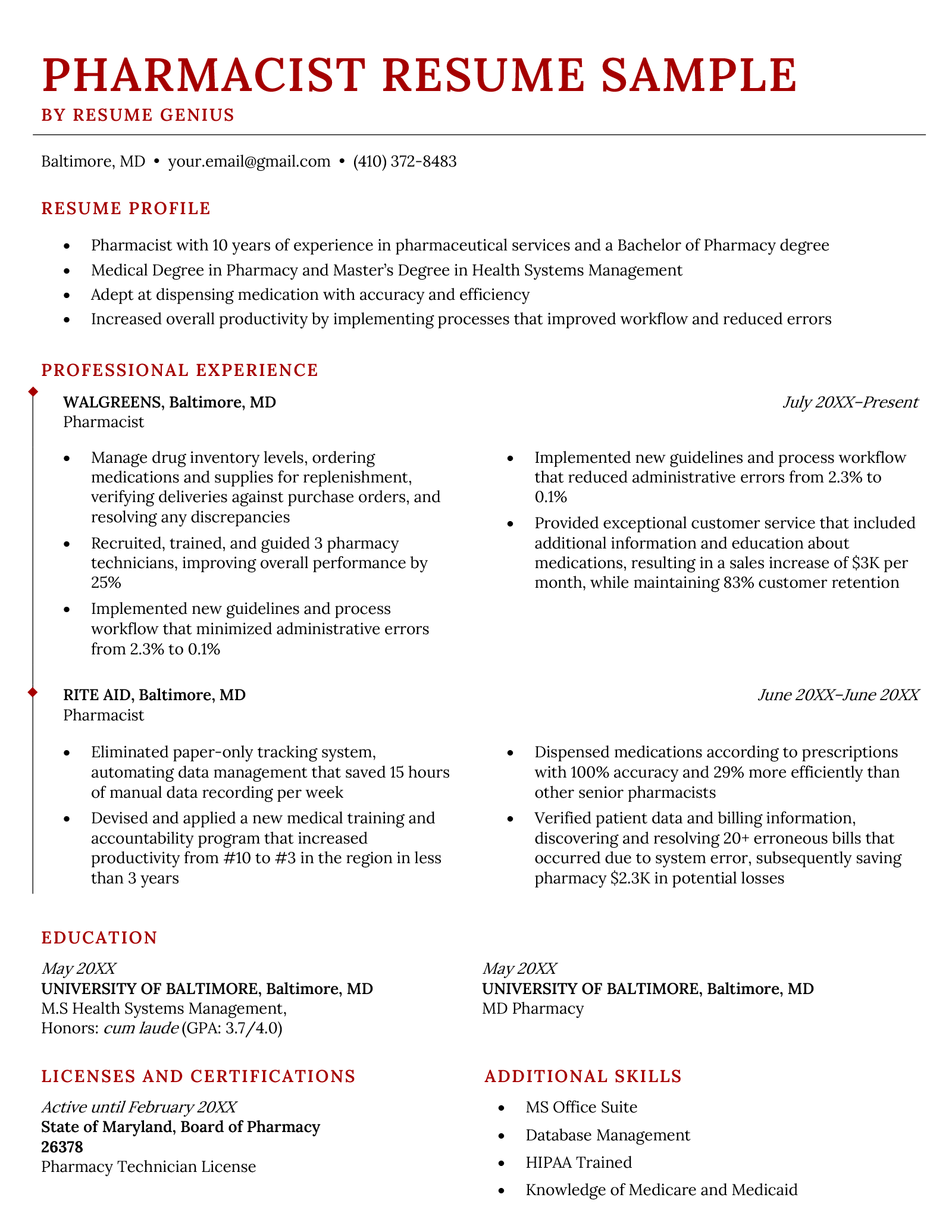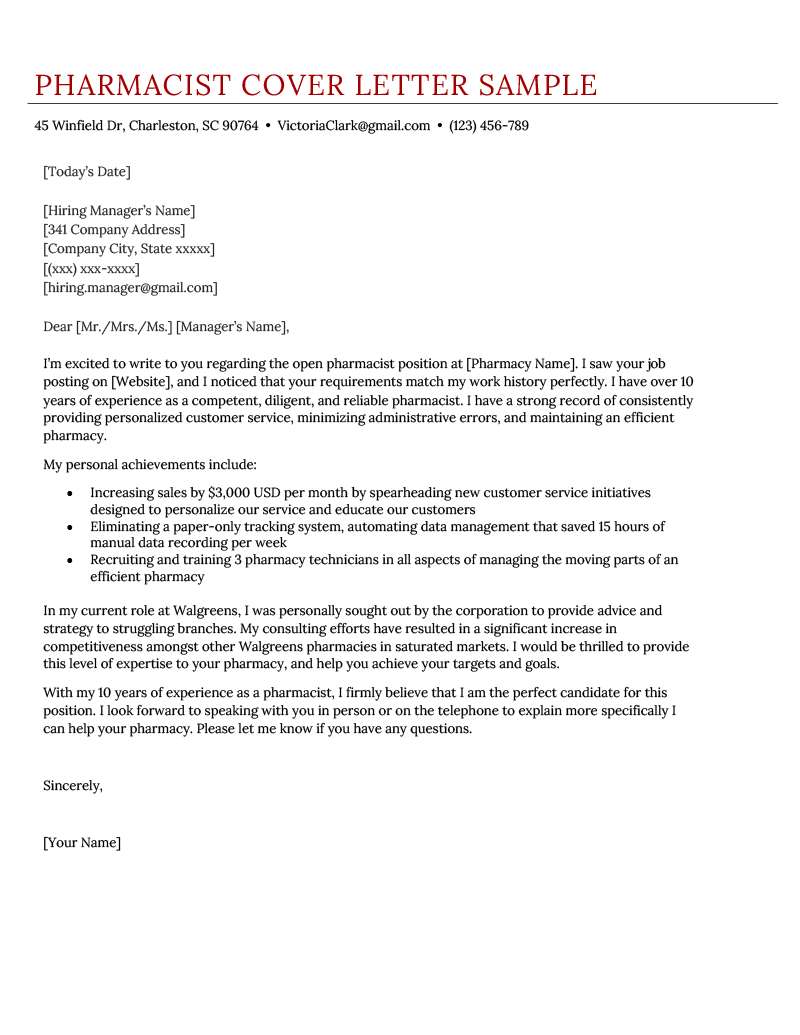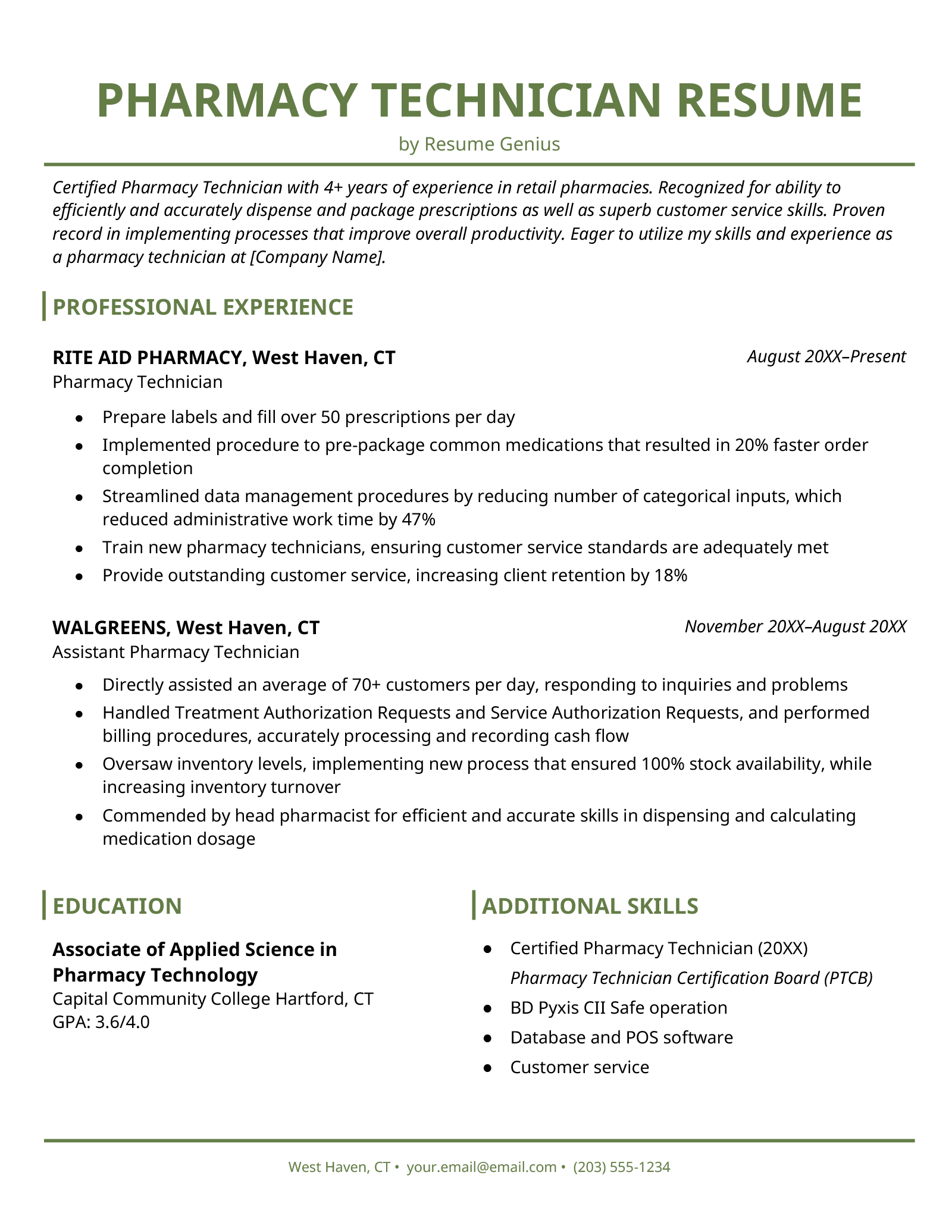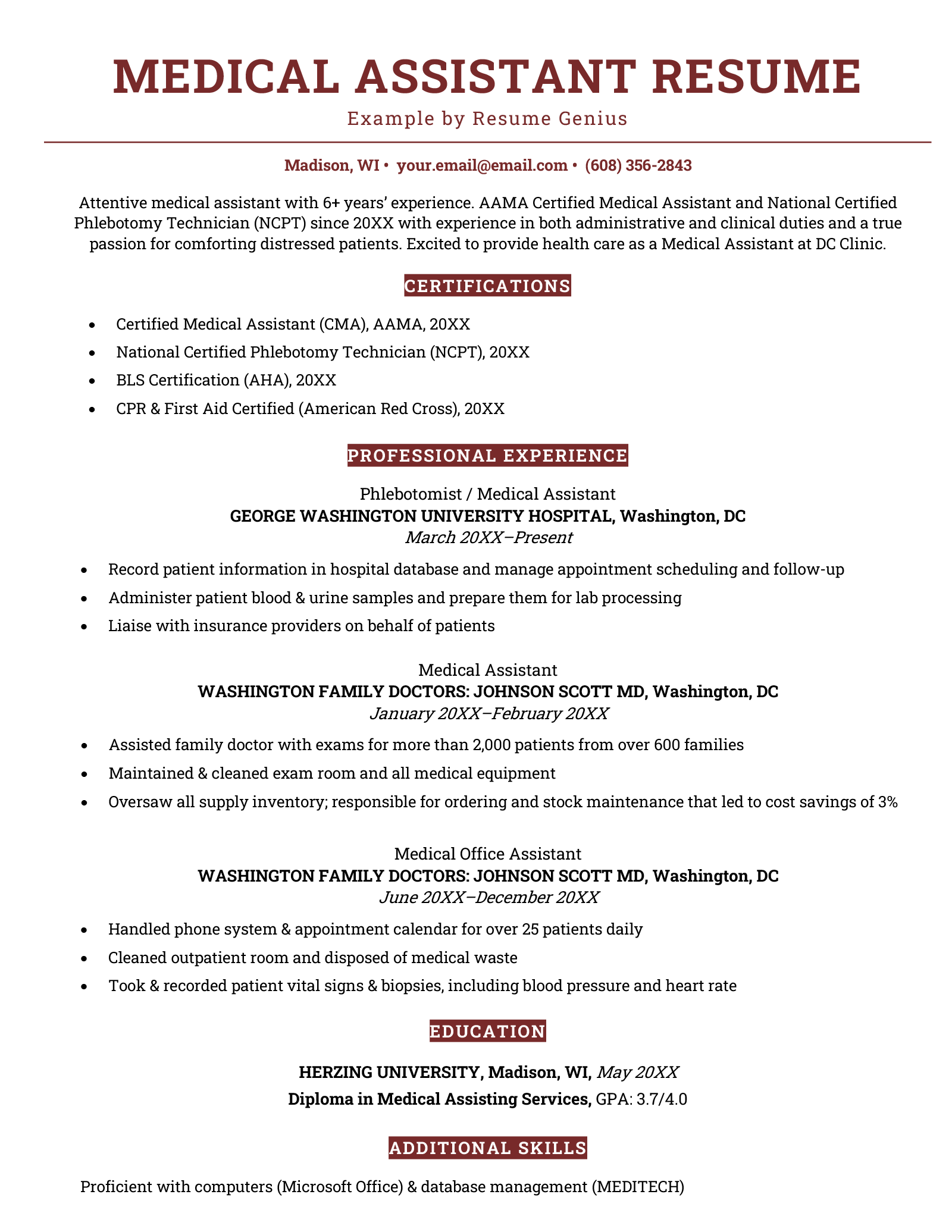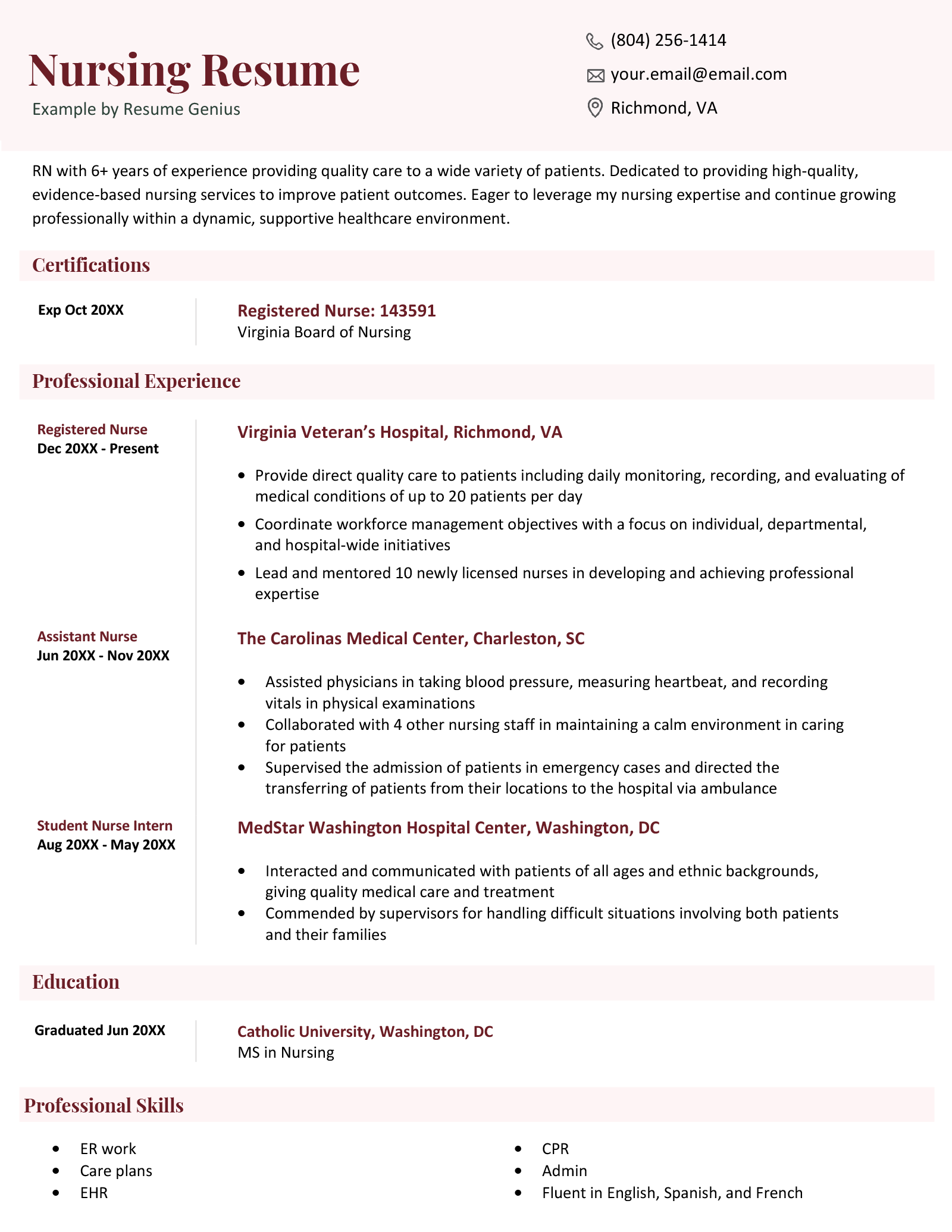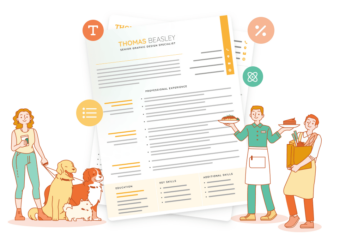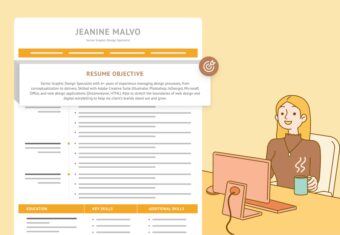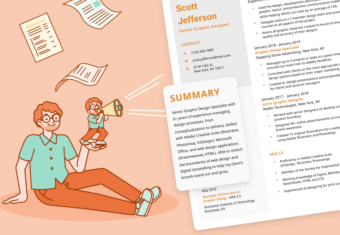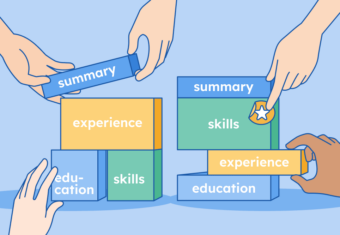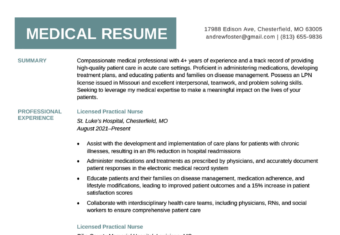Pharmacist Resume Template (Text Format)
FIRST AND LAST NAME
Email: your.email@email.com
Phone: (123) 456-7891
Address: Street, City, State
LinkedIn: linkedin.com/in/yourprofile
PROFESSIONAL PROFILE
- Pharmacist with 10 years of experience in pharmaceutical services
- Medical Degree in Pharmacy and Masters Degree in Health Systems Management
- Adept at dispensing medications with accuracy and efficiency
- Possess strong communication skills, consistently providing exceptional customer service
- Increased overall productivity by implementing processes that improved workflow and reduced errors
PROFESSIONAL EXPERIENCE
- Managed drug inventory levels, ordering medications and supplies for replenishment, verifying deliveries against purchase orders, and resolving any discrepancies
- Recruited, trained, and guided 3 pharmacy technicians, improving overall performance by 25%
- Implemented new guidelines and process workflow that reduced administrative errors from 2.3% to 0.1%
- Provided exceptional customer service that included additional information and education about medications, resulting in a sales increase of $3K per month, while maintaining 83% customer retention
- Eliminated paper-only tracking system, automating data management that saved 15 hours of manual data recording per week
- Dispensed medications according to prescriptions with 100% accuracy and 29% more efficiently than other senior pharmacists
- Devised and applied a new medical training and accountability program that increased productivity from #10 to #3 in the region in less than 3 years
- Verified patient data and billing information, discovering and resolving 20+ erroneous bills that occurred due to system error, subsequently saving pharmacy $2.3K in potential loss
EDUCATION
University of Baltimore
Baltimore, MD
MS Health and Systems Management
May 2014
University of Baltimore
Baltimore, MD
Bachelor of Pharmacy
May 2011
Dean’s List
GPA 3.7/4.0
ADDITIONAL SKILLS
- MS Office Suite
- Database Management
- HIPAA Trained
- Knowledge of Medicare and Medicaid
LICENSE AND CERTIFICATIONS
Pharmacy Technician License
State of Maryland, Board of Pharmacy
26378
Active until February 2025


